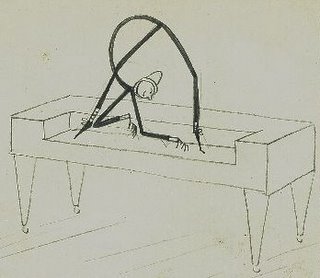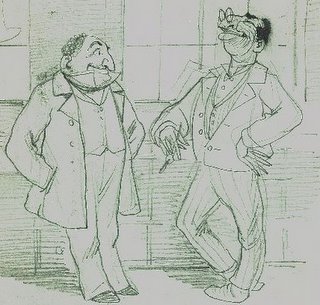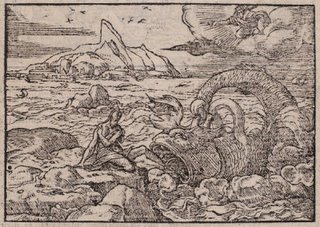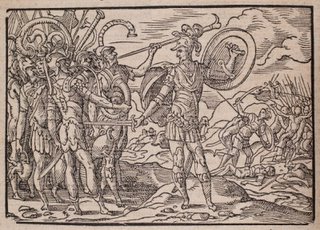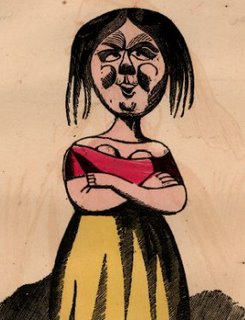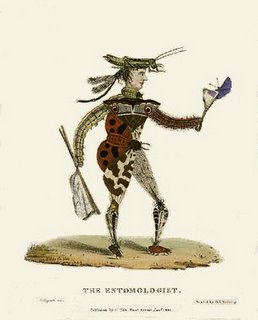 I have no idea where this Abraham Ortelio 1586 map
I have no idea where this Abraham Ortelio 1586 mapof the present day Palestine/Israel region comes from.
I've uploaded a large version if you click on the picture.
 'Military Habits of the Eighth Century' in:
'Military Habits of the Eighth Century' in:A Complete View of Dress and Habits of the People of England
by Joseph Strutt 1862. [large selection of plates from this book]
 Vanité by Pierre Giffart (sometime around 1700 at a guess)
Vanité by Pierre Giffart (sometime around 1700 at a guess)[Found at the Université de Liège (Belgium) -
Collections Artistiques (Florilège) website
where I enjoyably spent a considerable amount of time.]
 Combat entre la lampe au pétrole
Combat entre la lampe au pétroleet la théière tristesse du sucrier
in L'Opinion (magazine) 1877
[No idea what site it comes from.]
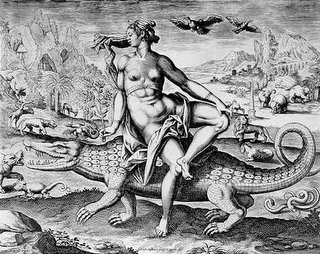 Adriaen Collaert after Marten de Vos
Adriaen Collaert after Marten de VosDie vier Weltteile: Afrika - late 16th century.
This comes from the eclectic set of images at the
Ruhr-Universität Bochum exhibition website:
'Allegorische Graphikserien des Manierismus'
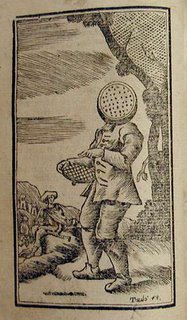 "Historia de la vida, hechos y astucias 1769/1781
"Historia de la vida, hechos y astucias 1769/1781traditional Don Juan Bartholomé" ..
..is the name this image was saved as on my computer.
I know it comes from a pdf from one of the South American repositories -
if you only knew how much time I spent not finding suitable/sufficient material to make posts on subjects from South America and particularly Asia and Africa....well, anyway - if anyone ever has any suggestions about esoteric and rare book or print image sites or ideas even that pertain to these areas of the world, please don't be shy in passing on the details.
There. A clean desktop for the new year.
Best wishes to all !















